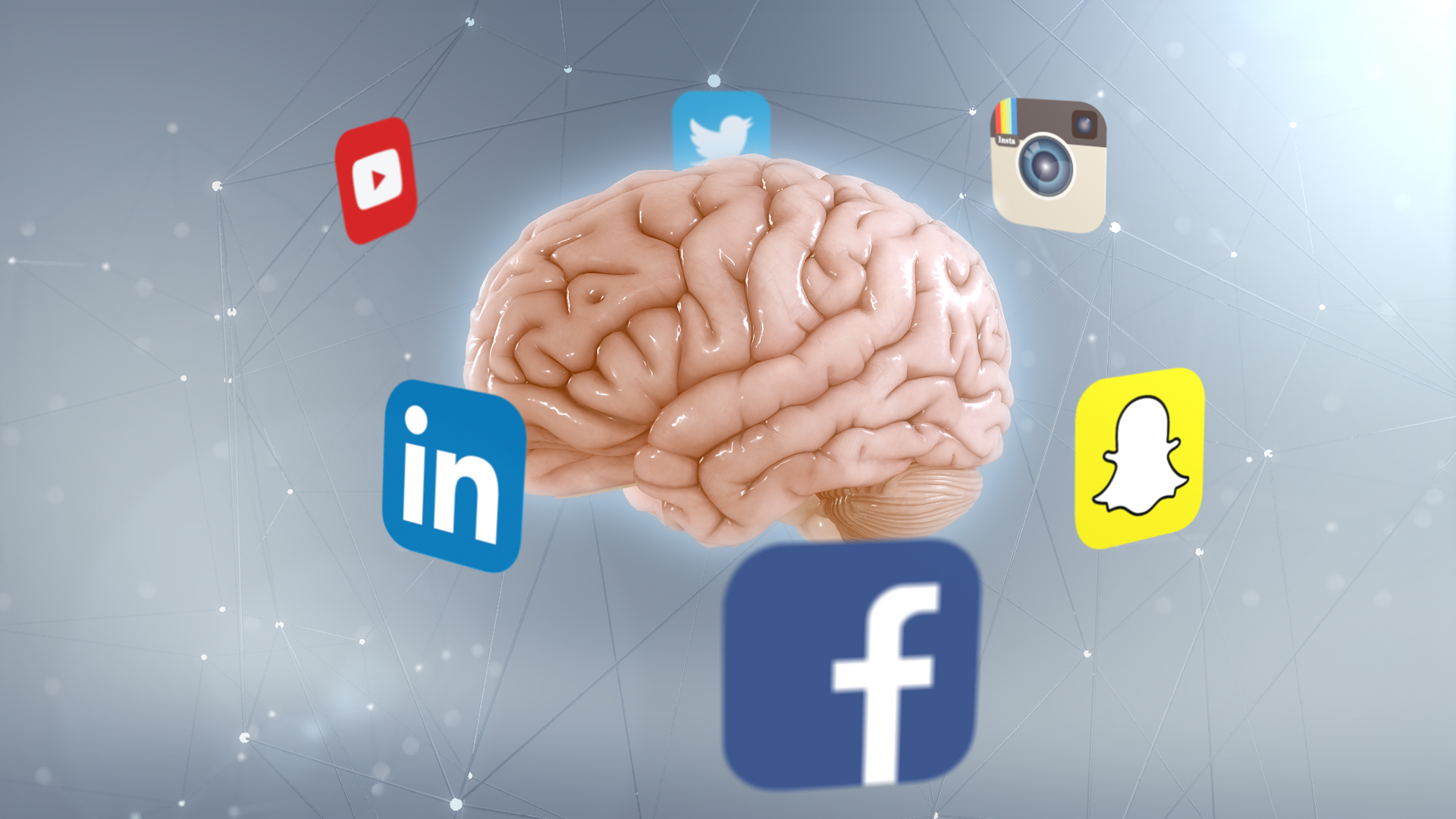
Headache?
“Throw that phone away!”
Can’t eat?
“Throw that phone away!”
Tired all the time?
“Throw that phone away!”
That’s the standard single line solution our moms offer us to all our problems. This constant blaming that the phone is always the cause of the problem has made us so immune, because, after all, not every problem can be traced back to the device, right?
Yet, sometimes, the smartphone can actually be responsible.
A latest research study from IDC, sponsored by Facebook, shows that 79% of the population between the ages 18 and 44 have only 2 hours of their waking day spent without their cell phone on hand.
The time we spend staring at screens has increased dramatically in the last few years. Especially children, today, have more digital tools at their disposal than ever before: tablets, smartphones, e-readers, video games are just among a few.
It’s the time of year when most of us are vacationing at home and, hence, prone to being glued to either television screens, cell phone screens, or both.
Unless, there's some alarm that cautions us where to stop.
We've decided to create that visual alarm to alert you how a constantly ‘plugged-in’ life is taking a toll on your health.
In an attempt to make you understand how prolonged screen exposure harms us, we’ve tried to elaborate on each of the following concerns under this initiative.
- Most of the research on screen time focuses on kids, because electronic devices are more likely to affect children adversely. Children have a thinner, softer skull compared to adults. Limitless usage of cell phones causes increased heating of brain cells causing impaired hearing and vision, and even brain damage in severe cases.
- As far as the bodily damage is concerned, it often doesn't have much to do with the screen itself, but the time spent sitting still in front of it while binge-watching. Metabolic syndrome, a toxic cocktail of diabetes, obesity and high blood pressure is triggered as a consequence of sedentary lifestyle.
- As mobile devices allow us to use them in any type of configuration — to lay back in bed, upside down, in all sorts of awkward postures. As we spend an average of 2-4 hours a day staring at our phones with heads dropped down, the posture we adopt increases the stress on the neck and spine. “Text neck” and “Cell phone elbow” are real problems and almost an epidemic now.
- We also discussed pediatric eye problems and sleep deprivation issues arising from digital screens that emit high energy blue light. Being in its developmental stage, the child's eye allows blue light to penetrate much efficiently and directly into the retina, potentially causing damage. Blue light has the potential to lower the production of melatonin, and disrupt the circadian rhythm. Sleep deprivation, in the long run, may also dampen brain activity.








